“A third culture kid is a person who has spent a significant part of his or her developmental years outside their parents’ culture. The third culture kid builds relationships to all the cultures, while not having full ownership in any.” – Ruth Hill Useem
I won’t define what a ‘kid’ is here, but as long as you were born here or you felt like a kid when you came here (wherever “here” may be), you can consider yourself a Third Culture Kid or a Child of the Diaspora.
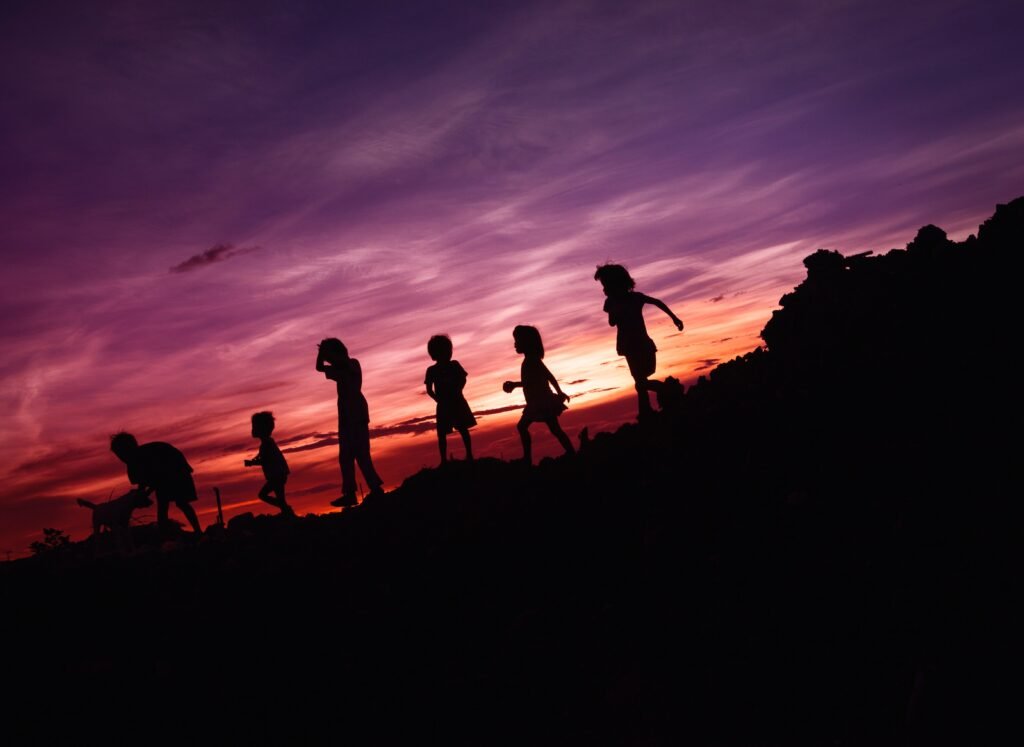
As Children of the Diaspora, our experiences can be distinguished from those of our parents who may or may not be immigrants, from those of our peers who aren’t ‘third culture’, and from those who never left their ancestral homes. Our situations have allowed us to fuse the best of the East and the best of the West to form a unique perspective of the world. To achieve this, we assumed the responsibility of connecting the two worlds. Many of us have taken it with great pride, while others have scoffed at the burden.
Yet, regardless of how privileged we may feel to be where we are, in attempting to build this bridge that everyone’s been talking about, it often feels like we’re walking a tightrope.
On one hand, some had teachers and peers who deliberately made them feel like outsiders and grew up as victims of discrimination. On the other hand, some of us had teachers who, in trying to celebrate diversity, encouraged us to bring cultural foods for the school potluck or to draw our cultural flags; and though this gesture was made with good intentions and was appreciated by both students and parents, it reinforced the fact that we were not from the country we were born in. Which inevitably also left us feeling and looking like outsiders.
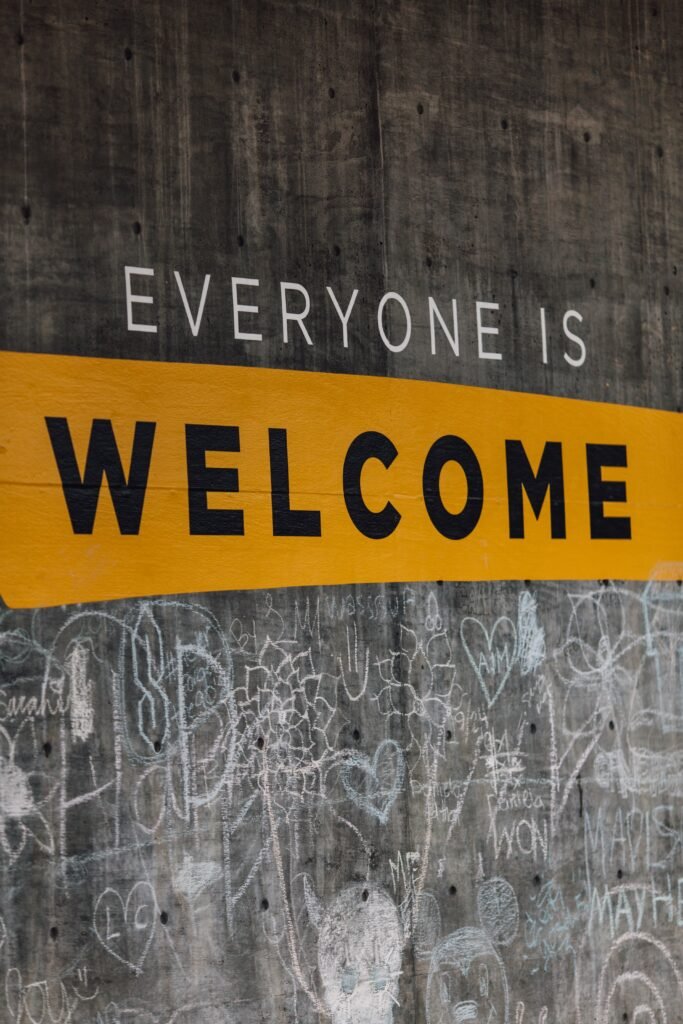
What’s more is that many of us were raised with a strong sense of pride in our cultures and our parents never let us forget where we came from. As they desperately held on tight to remnants of their homes, a significant part of their culture was embedded into our lives through food, dance, foreign traditions, values or language. Ultimately, as we witnessed our parents introduce new foods to our neighbours and speak to us in a language the doctor didn’t understand, it became evident from a very young age that we were different.
My story might be a little different than others because I was lucky enough to attend a very diverse school. I didn’t necessarily feel like an outsider at school because of my cultural background, as I had many friends with the same background and my classes were very diverse. However, a ten-minute drive away from the elementary school I went to, a kid my age may have been the only Arab in their class and had a more unfortunate experience due to their race. Ten years later another kid my age may have come to this country for the first time to pursue their studies and struggled to fit in with their peers as a newcomer.
Despite the different journeys we have taken and continue to take, more times than not, our paths seem to cross at a similar point. As we grow older, and begin exploring different paths, we realise that there are so many to take but also so many we’re discouraged to venture upon. As we straddle the border between the two different worlds we’ve been immersed in, we start to question some of the things we were taught and wonder where our loyalty lies, and fear starts to creep in as we think about the consequences of our decisions.
As we stand there, trying to figure out who we really are and what we stand for, that’s when the identity crisis hits. It may develop over time, building upon our experiences as children or it may come as we’re trying to adjust to our new homes.
It may hit when we unexpectedly fall in love with someone “we’re not supposed to”, when we realise that our values go beyond what we were taught or when we consider forfeiting a certain tradition. Perhaps only for an instance, and perhaps some will ignore it but almost inevitably, it will hit.
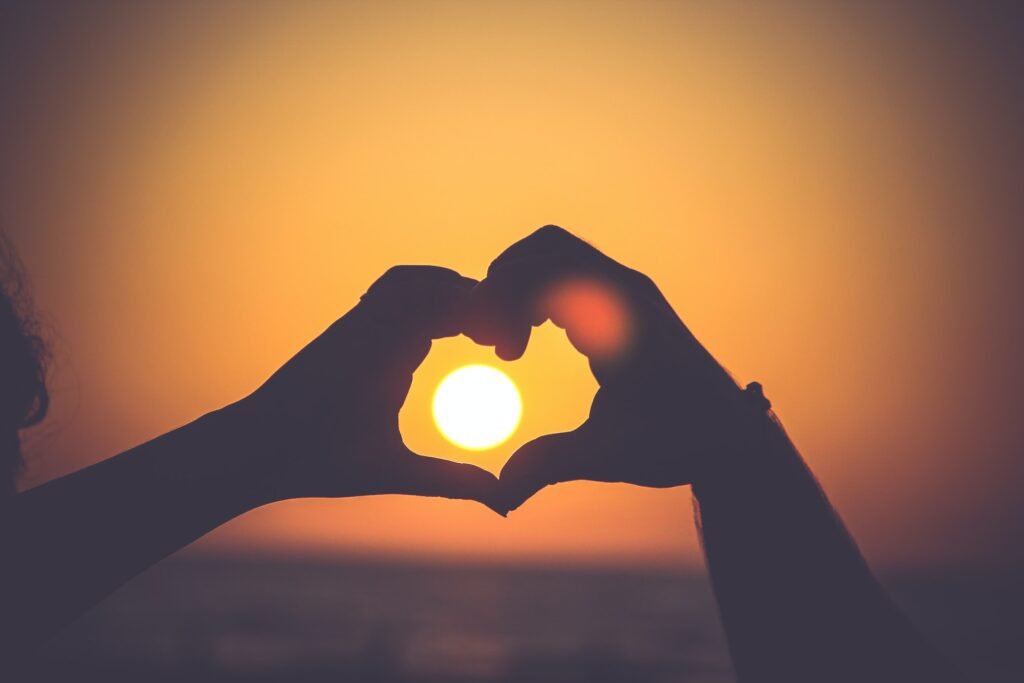
For here we are, wondering who’s going to save us from this feeling. As we reflect upon our roots and the wildflowers that have stemmed as a result of being planted in a completely different environment.
I can’t pretend that I’ve seen the light and that I have all the answers. I still struggle to find the right balance. What I do know is this: I was born and raised in Canada and I have never known any other home, yet somehow I’ve spent most of my life not considering myself as a true Canadian. The truth is though, unless you are an Indigenous person of this land, we all arrived as settlers to a country built on colonialism. I am just as Canadian as everyone else, and it took me far too long to realise this indisputable fact.
Eventually, we might want to also challenge this idea of ‘roots’. We are not plants. I could not have been ‘planted’ here, watered here, and survived here whilst my roots were elsewhere. We are human beings. We have the ability to change and adapt to the environments we’re thrown into; we are resilient and we have the capacity to hold many places and values in our hearts.
We shouldn’t have to live our whole lives stuck in this space in between, trying to decide which side to run to, which side is safer or which side will accept us. We can’t keep desperately trying to fit in, even if it means demanding to own this space.
It’s time we embrace our unique experiences, and allow our differences to light up the bridge. For once we let our true selves shine, the world will see the proud pieces of the beautiful mosaic that we’ve formed.




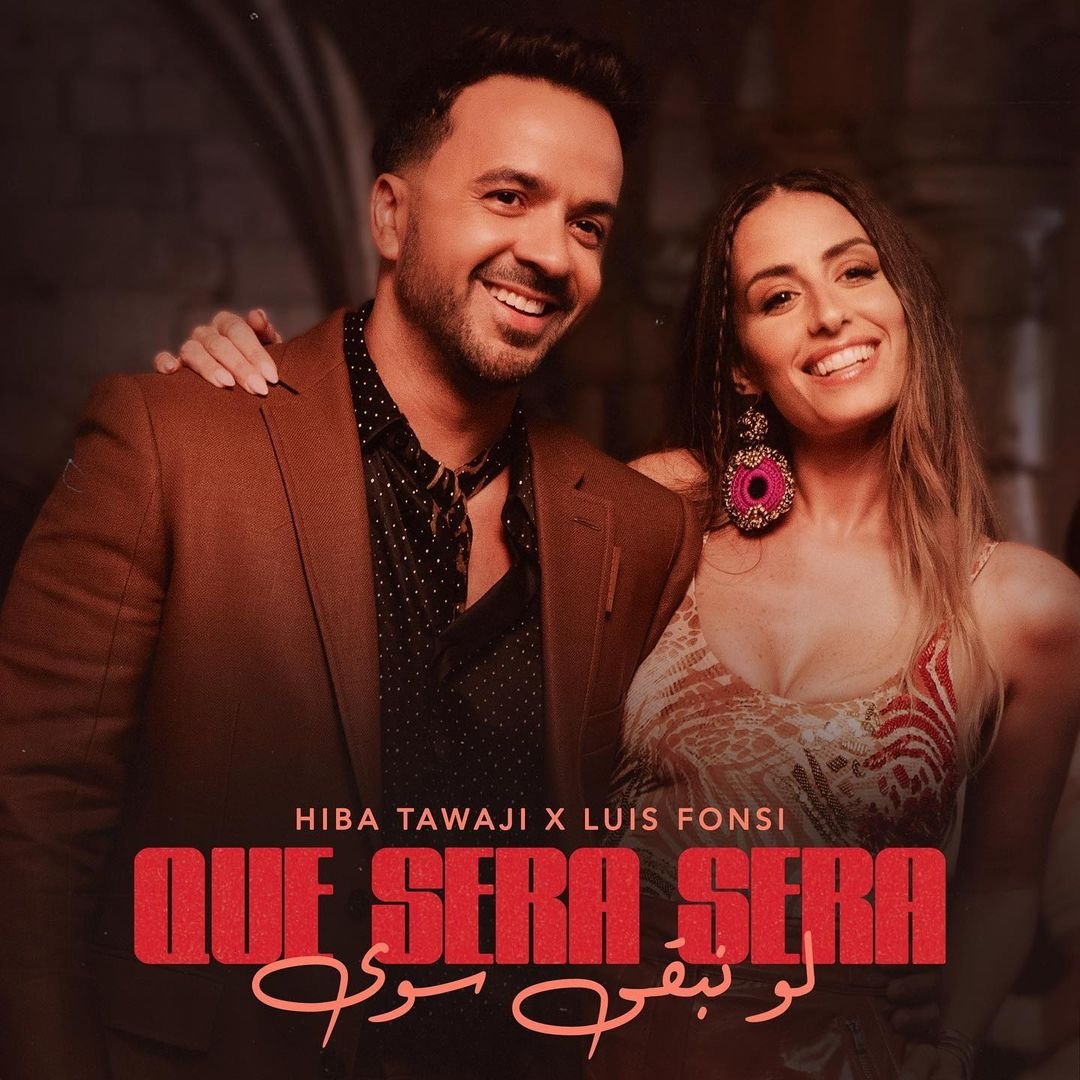
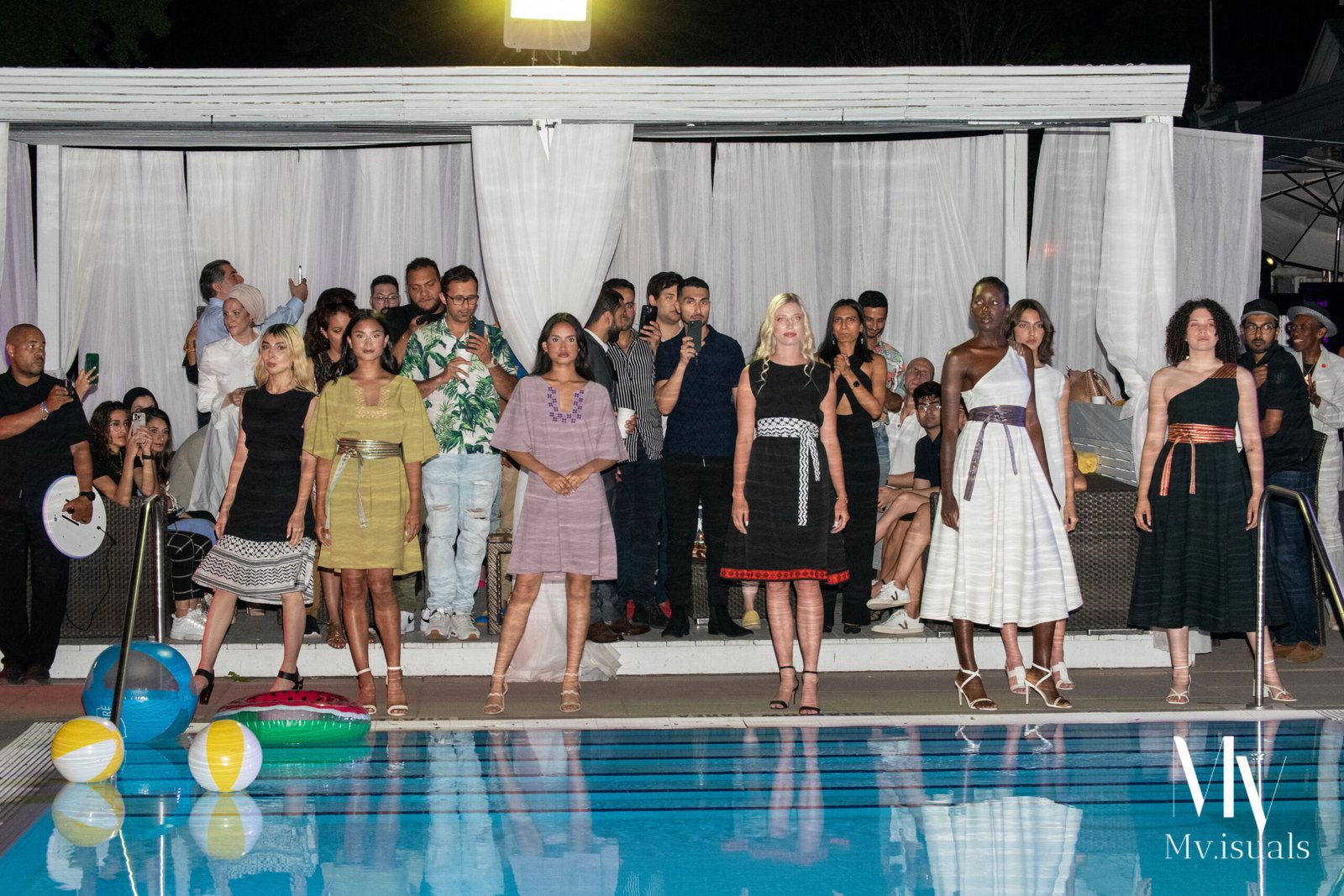
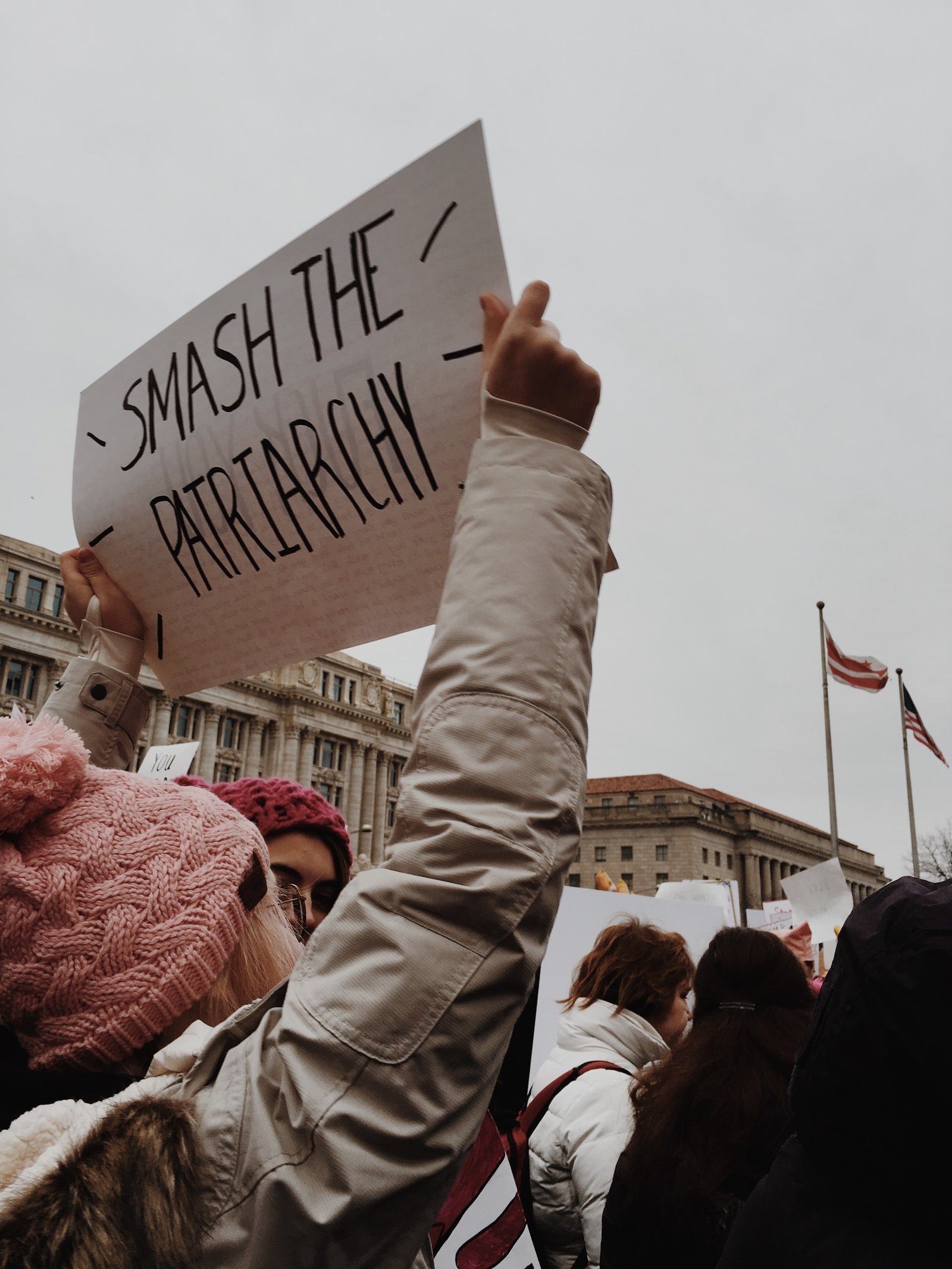
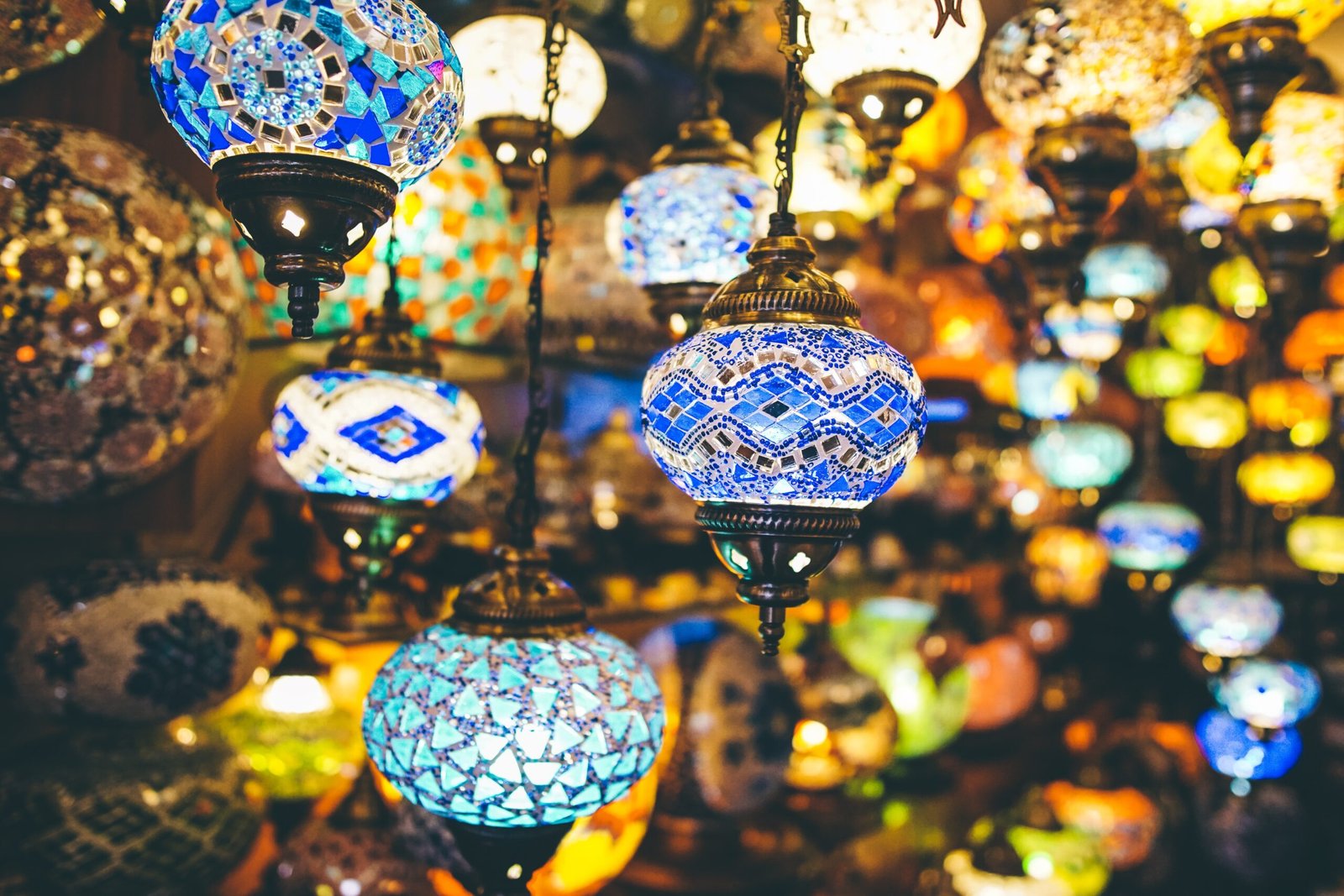
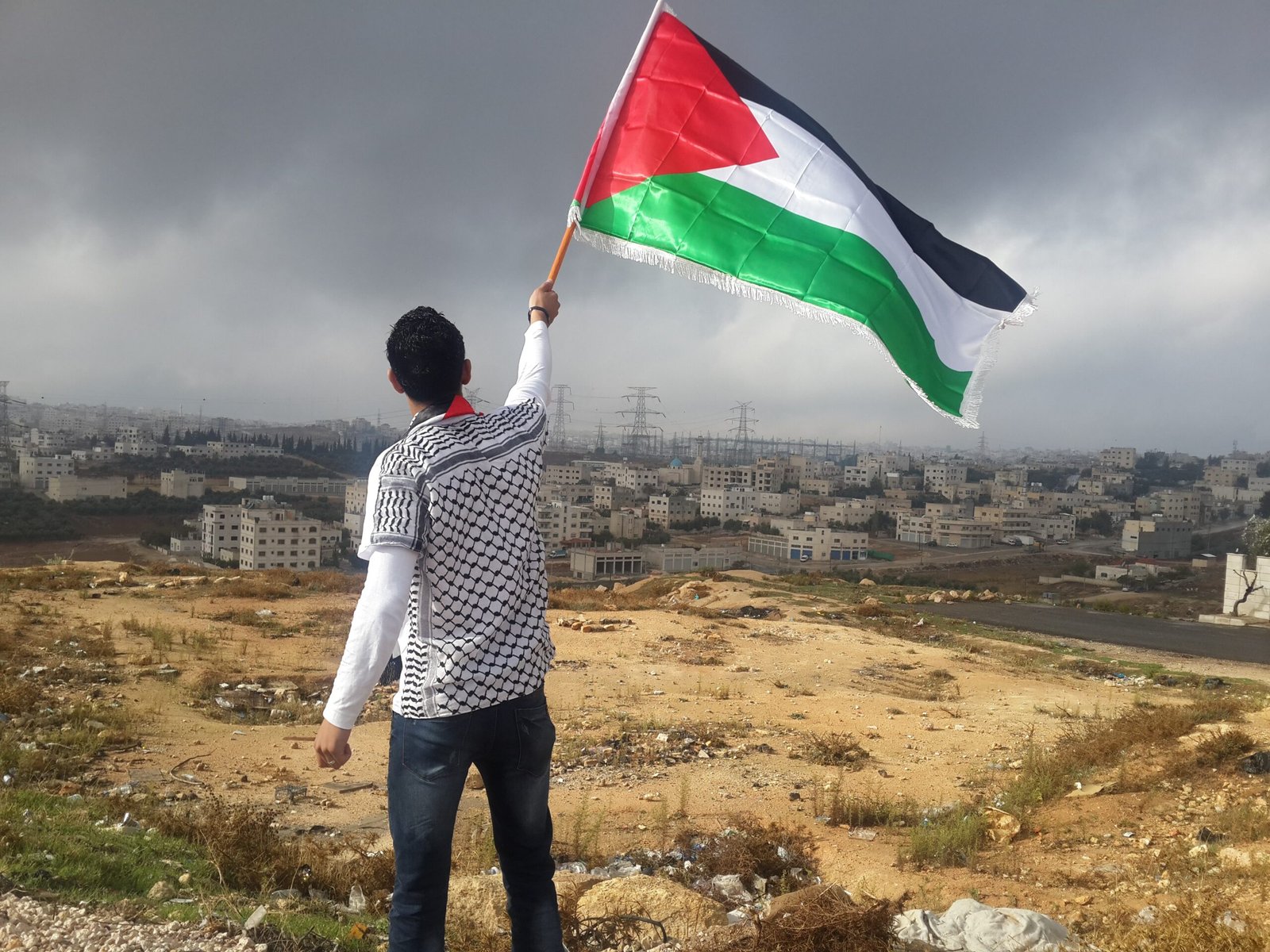



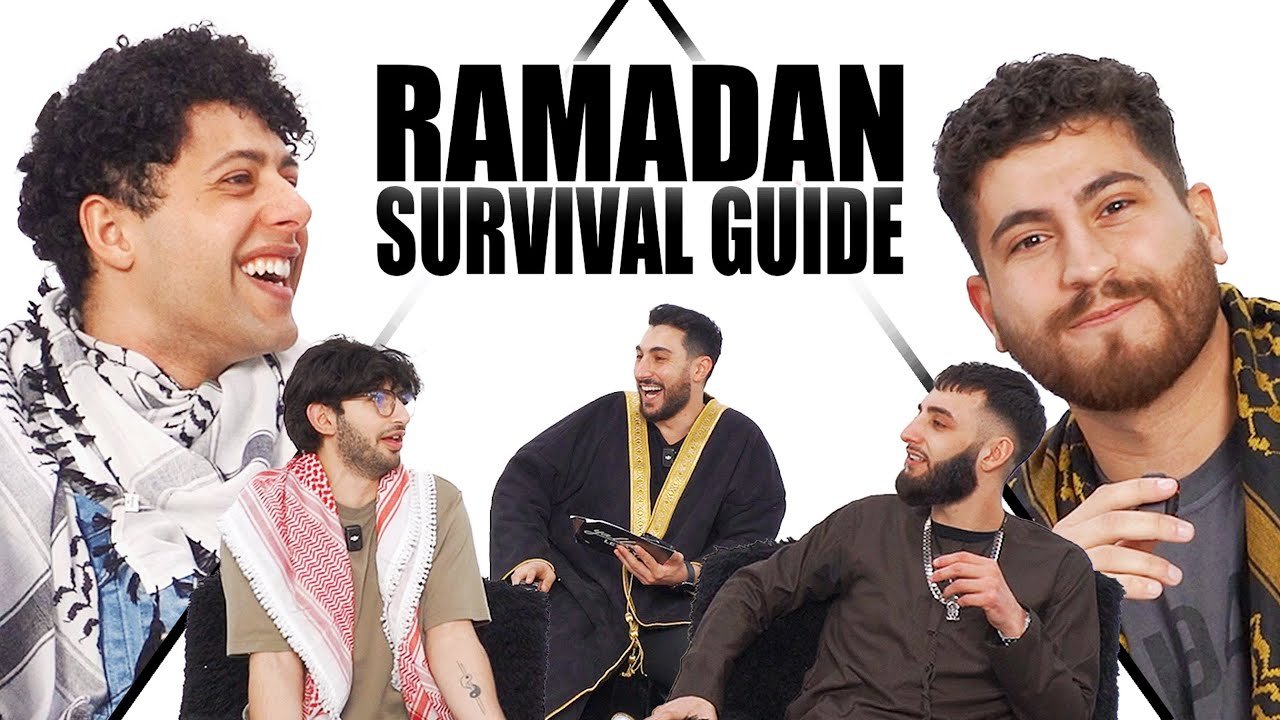


One Response